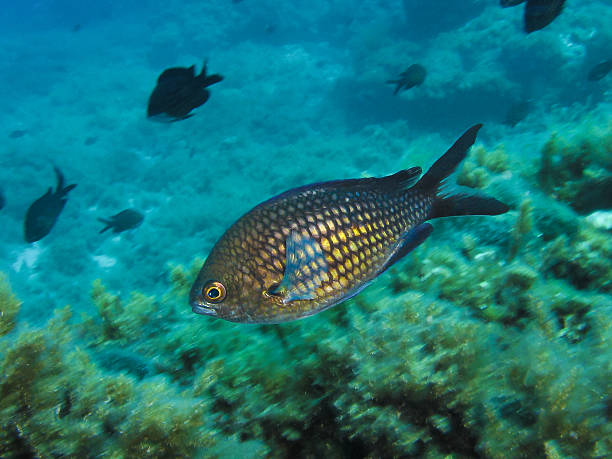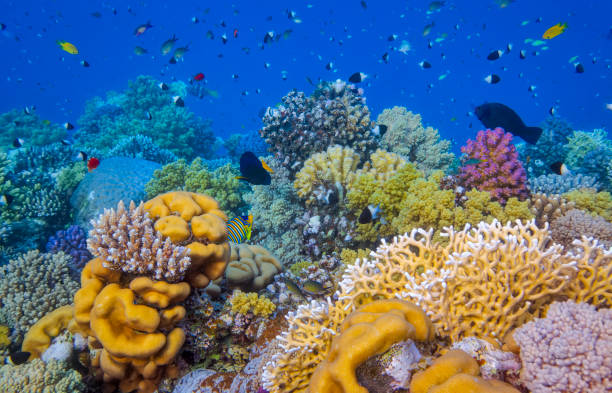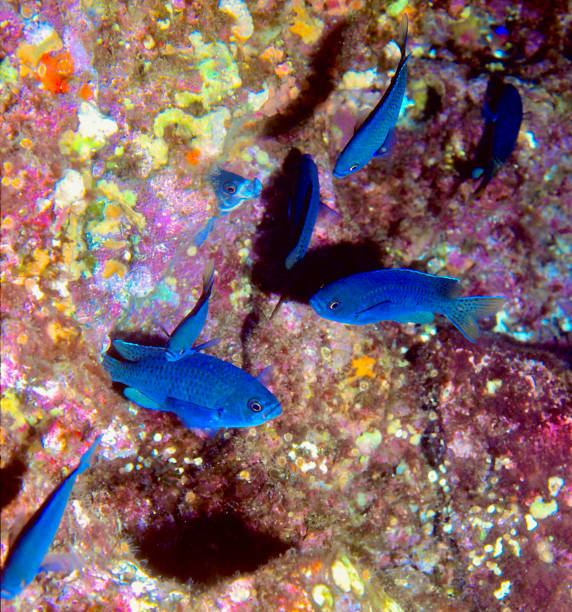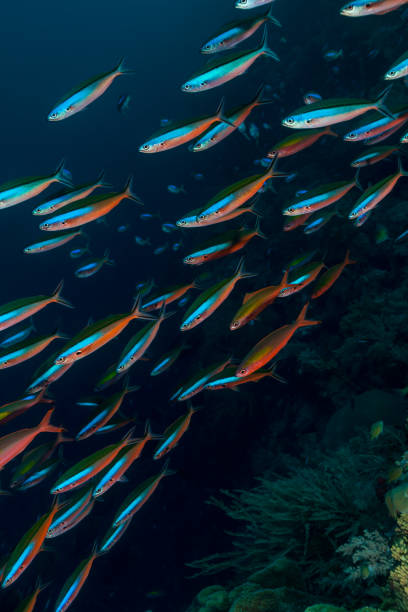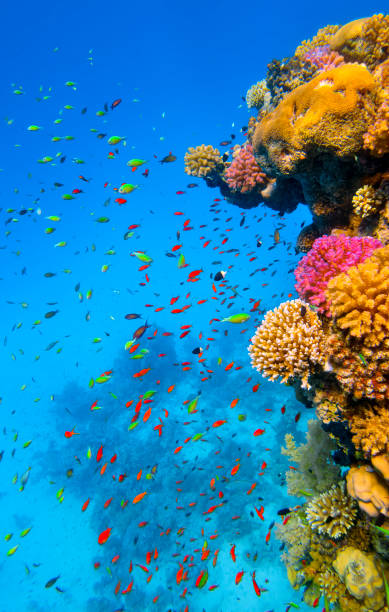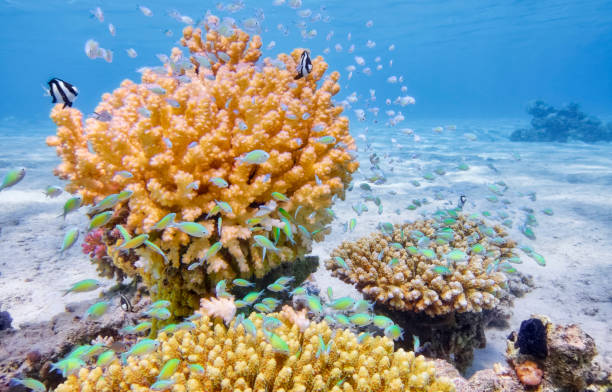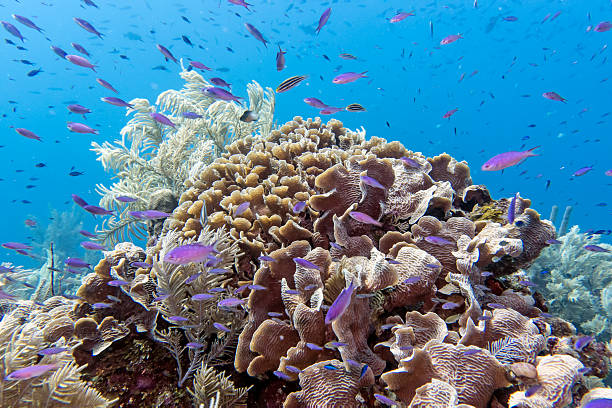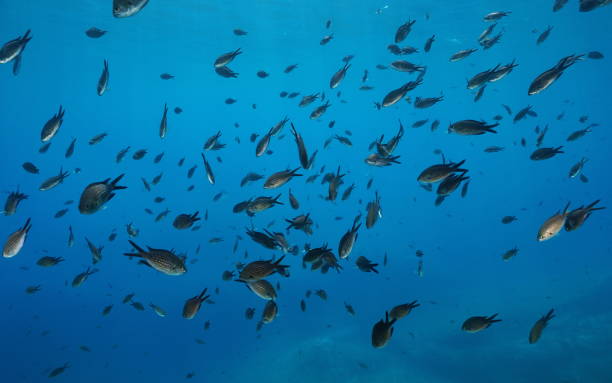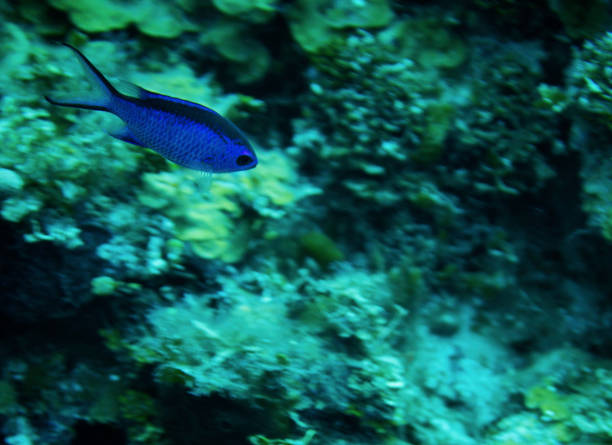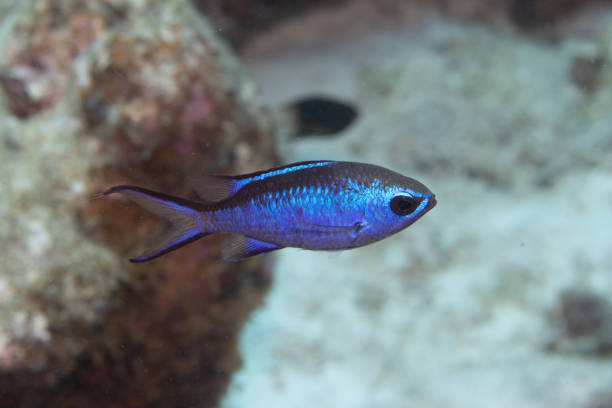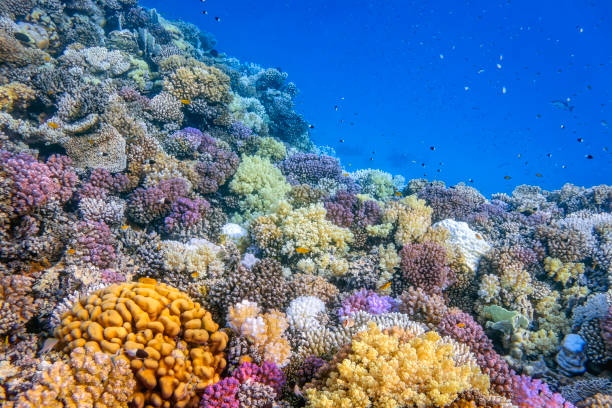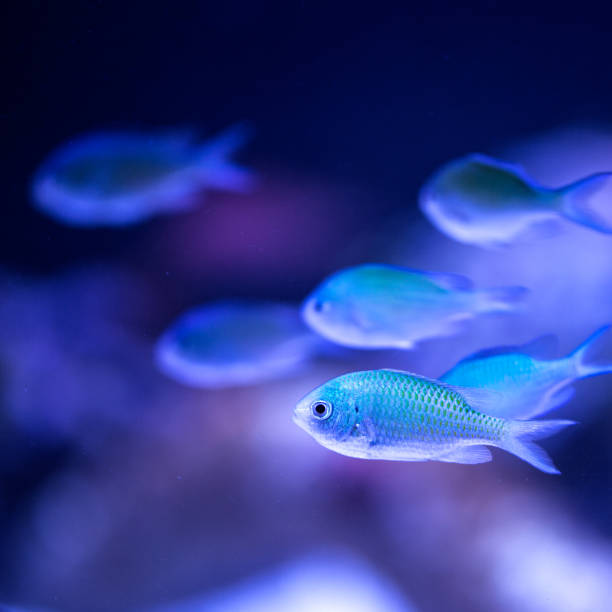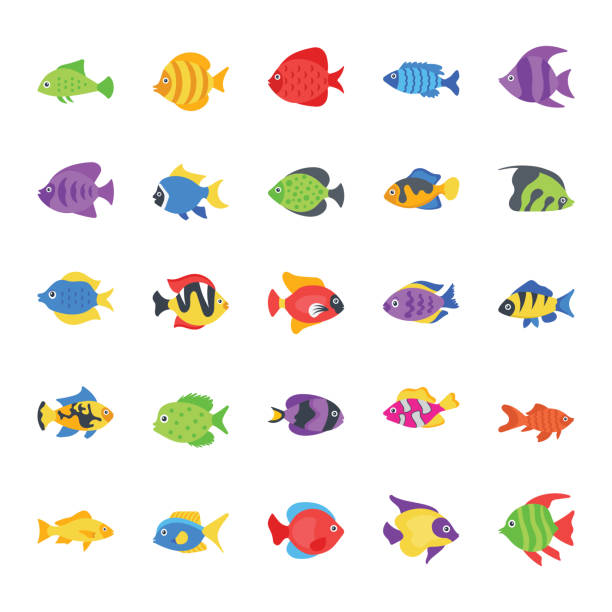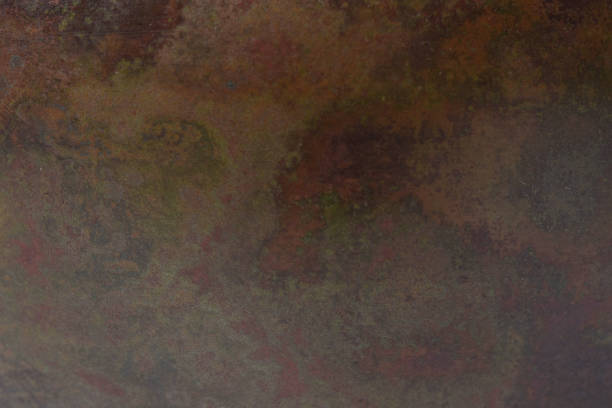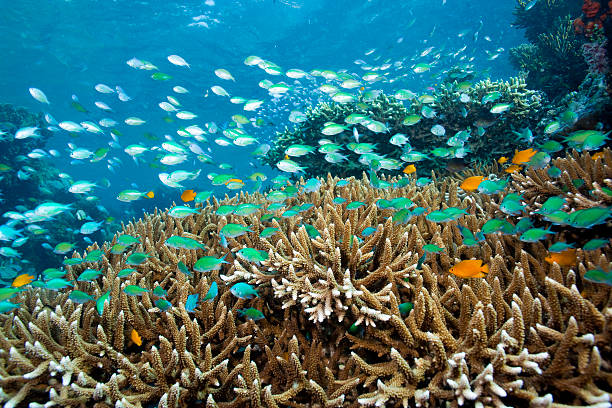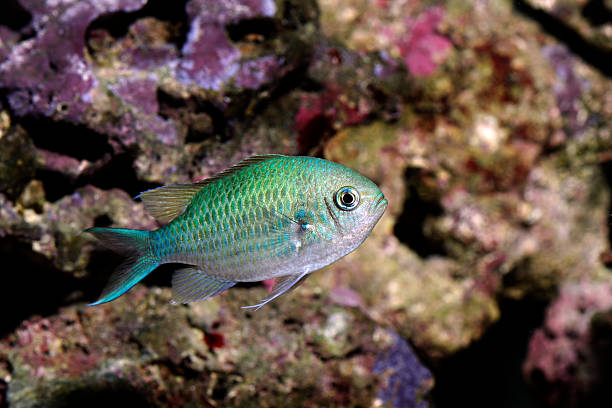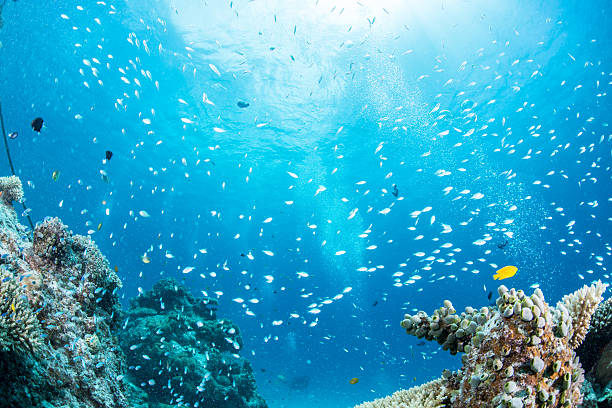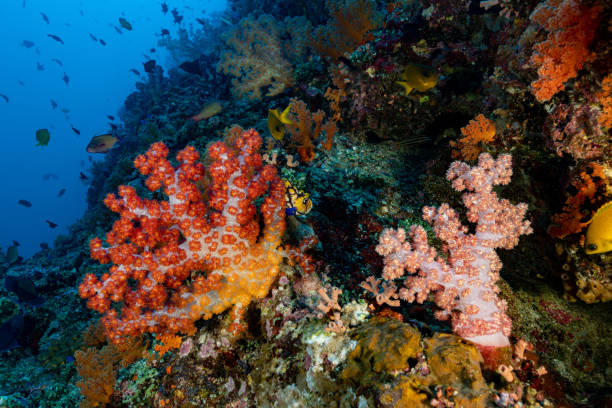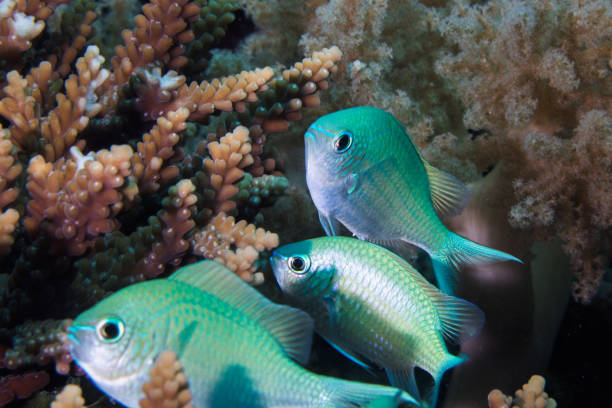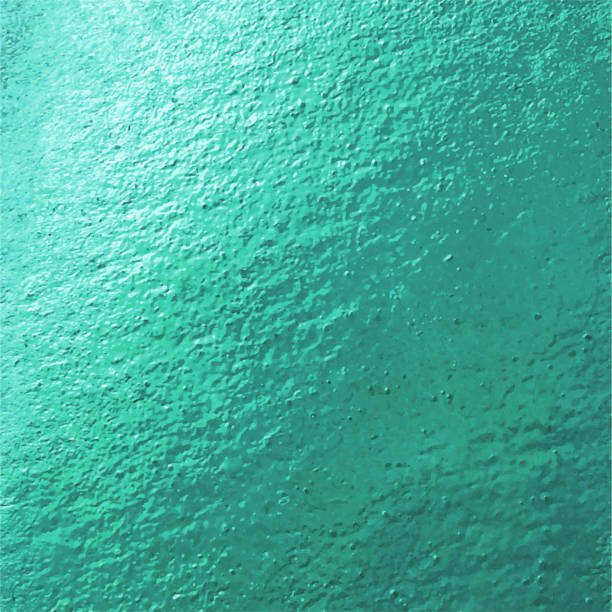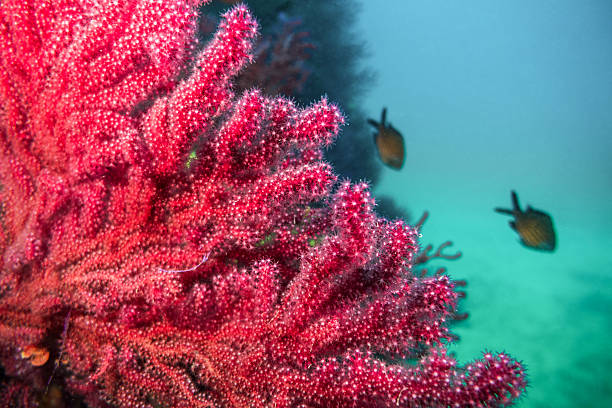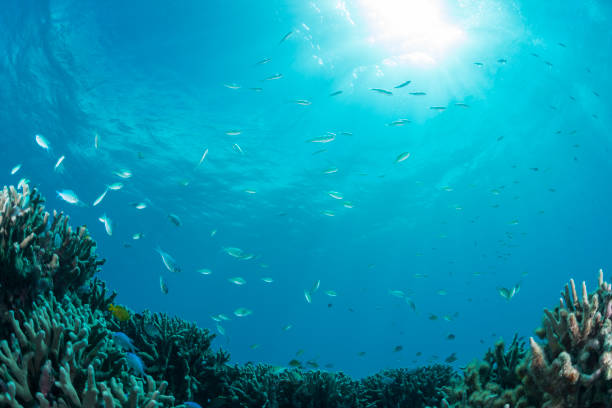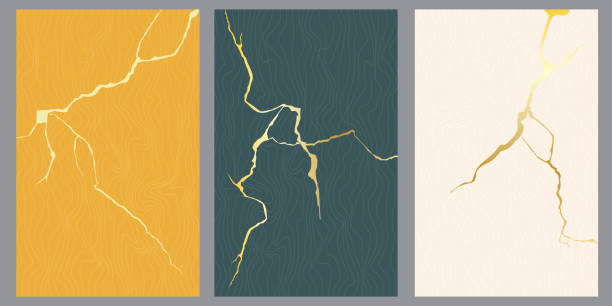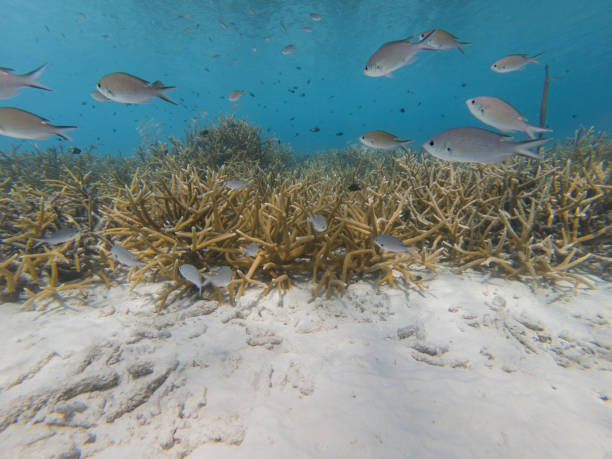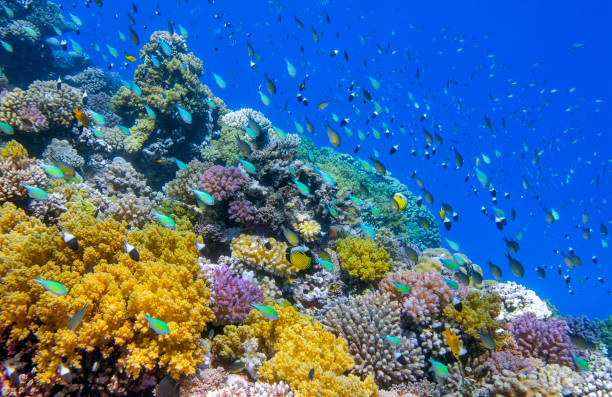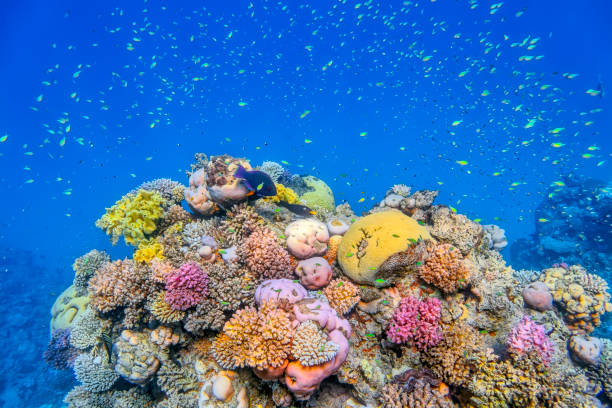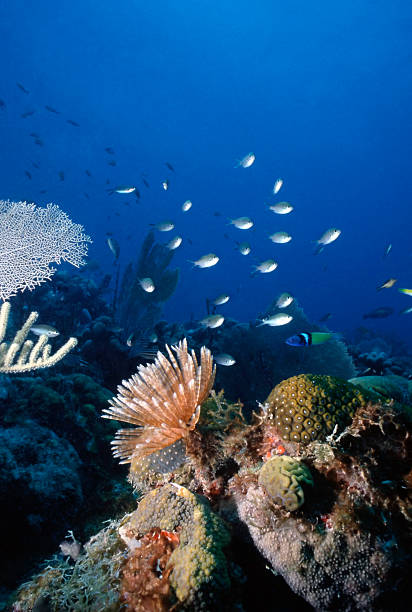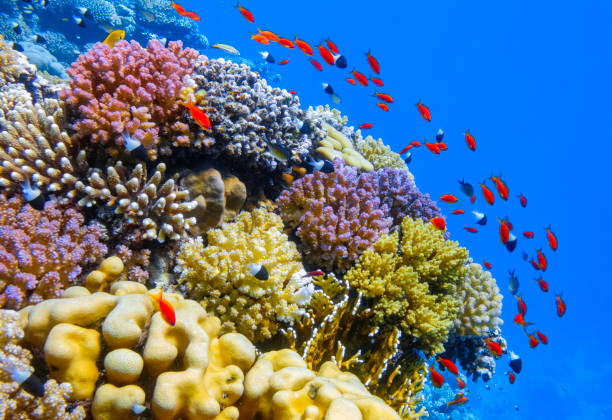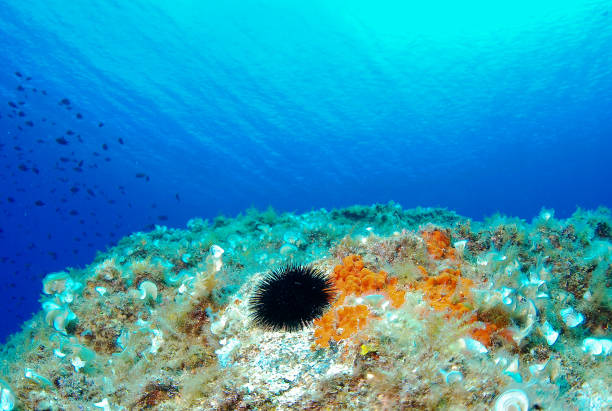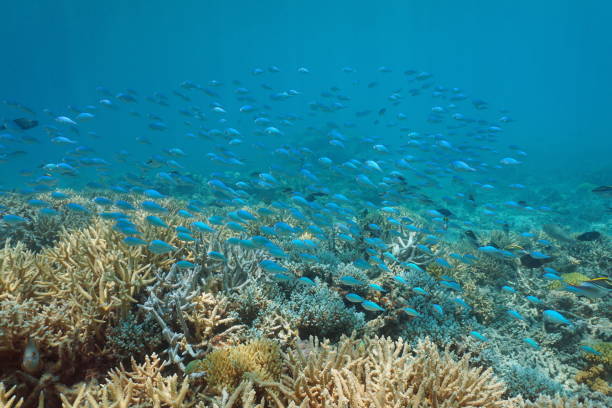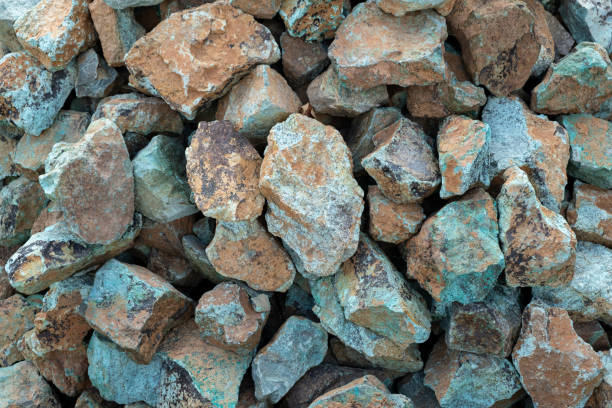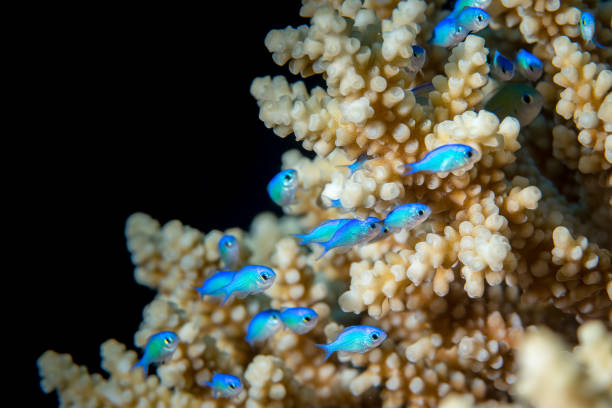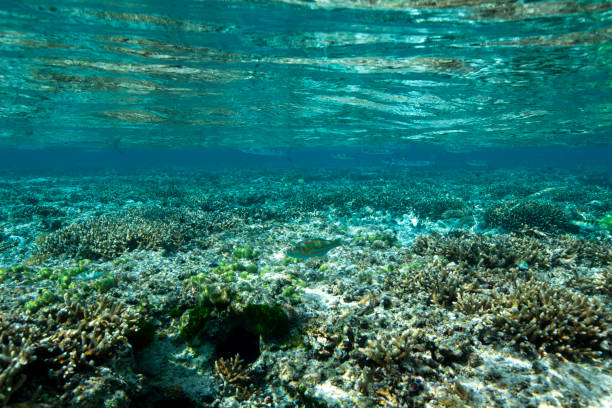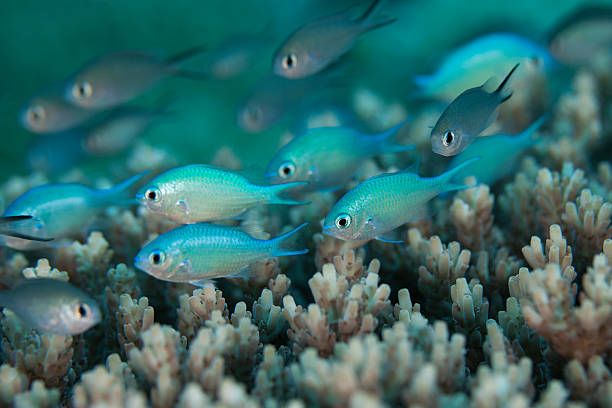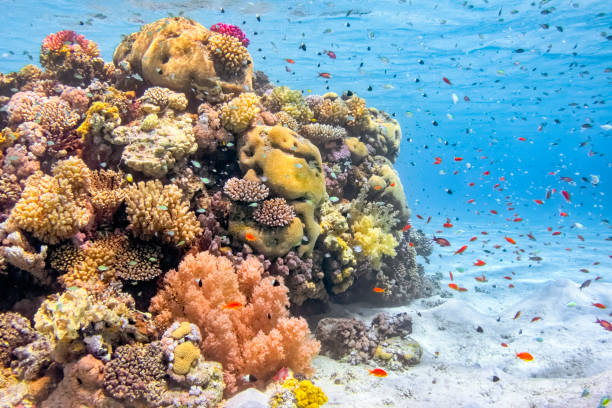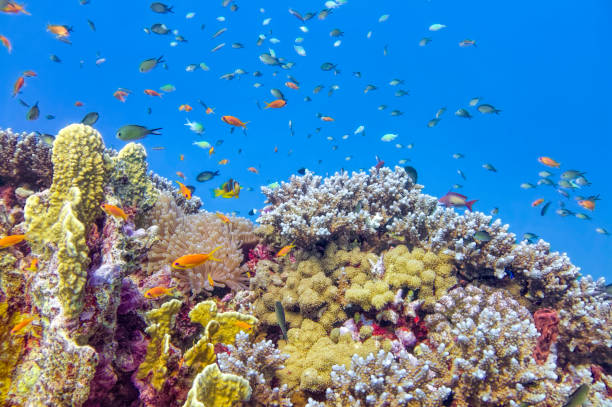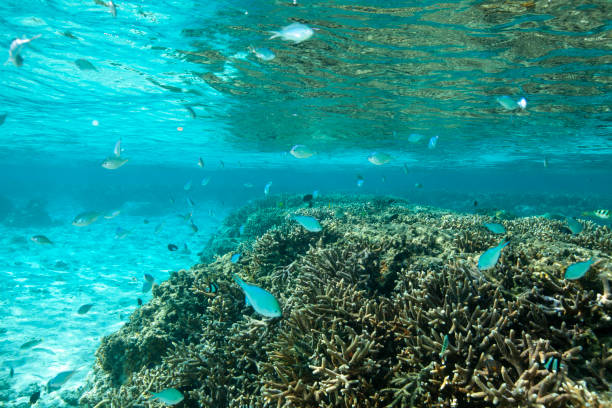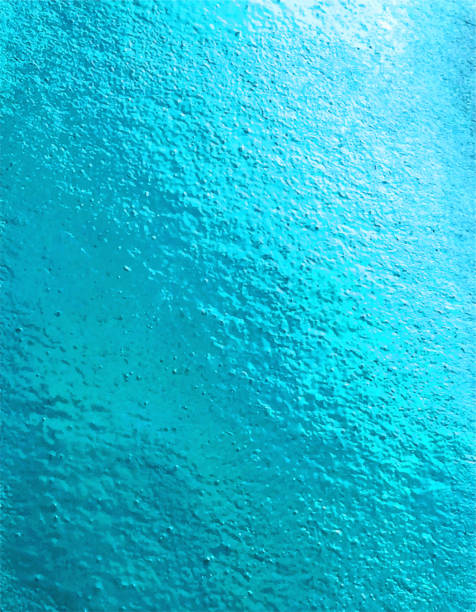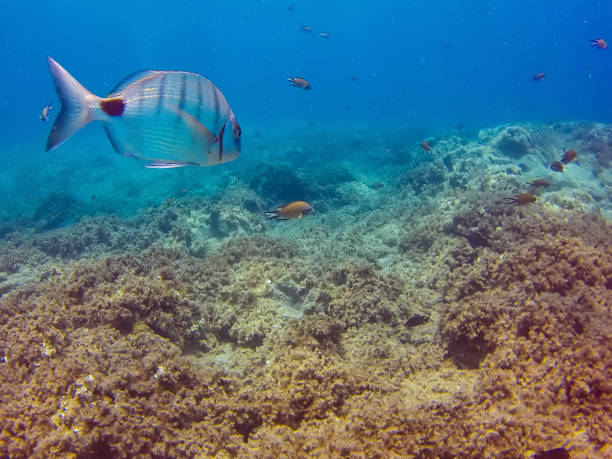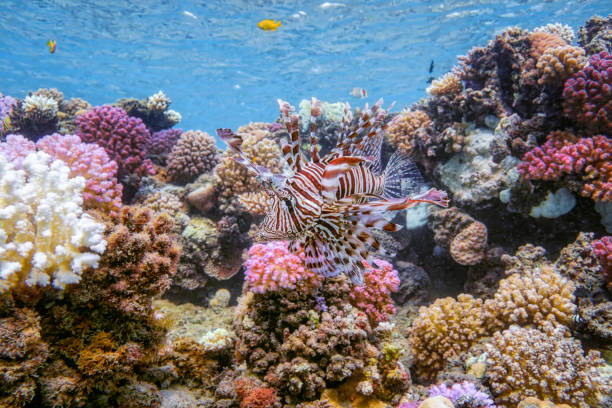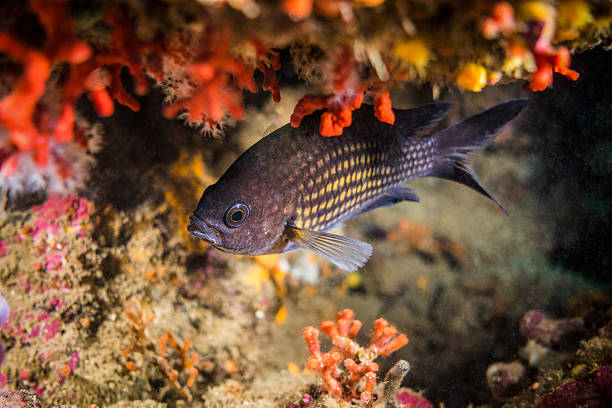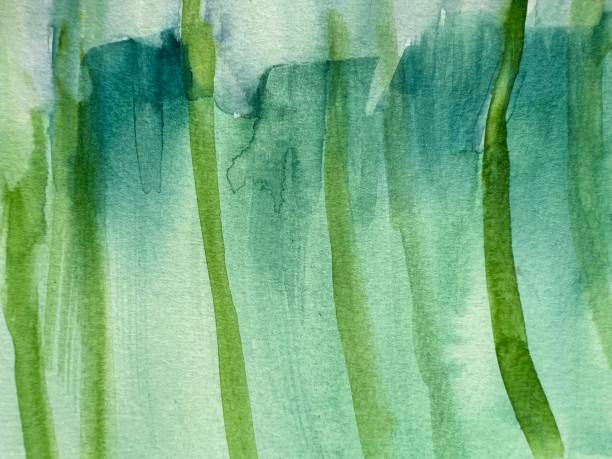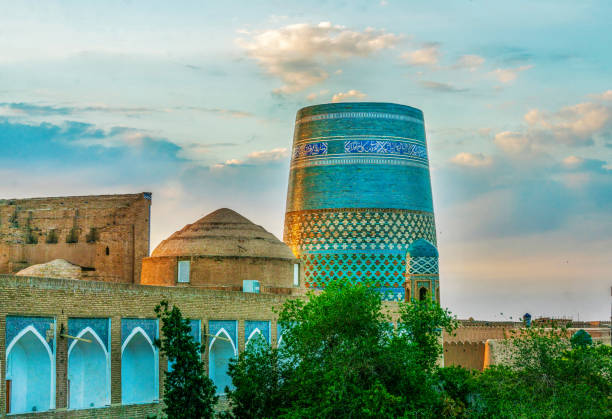
Chromis Pictures, Images and Stock Photos
Browse 1,500+ chromis stock photos and images available, or search for green chromis or chromis viridis to find more great stock photos and pictures.

italian carnival sweet pancakes at shape of balls called castagnole
Fried carnival italian dessert in carnival top view composition
Sweet typical of Trieste, Italy, Frittole.
Carnivale Italian castagnole or favette or strufoli a dessert of the traditon of the northern and central Italy
Chromis chromis Damselfish in panning motion in the ocean
The Red Sea is a rich and diverse ecosystem. More than 1200 species of fish have been recorded in the Red Sea, and around 10% of these are found nowhere else. This also includes 42 species of deepwater fish. The rich diversity is in part due to the 2,000 km (1,240 mi) of coral reef extending along its coastline; these fringing reefs are 5000–7000 years old and are largely formed of stony acropora and porites corals. The reefs form platforms and sometimes lagoons along the coast and occasional other features such as cylinders (such as the Blue Hole (Red Sea) at Dahab). These coastal reefs are also visited by pelagic species of Red Sea fish, including some of the 44 species of shark.
Fried carnival italian dessert in carnival top view composition
Group of Chromis on coral reef
A schoal of Blue Streak Fusiliers (= Neon Fusilier) Pterocaesio tile and Randall"u2019s Fusilier Pterocaesio randalli swimming down. "nRandall"u2019s Fusilier is easily recognized from a distance by the bright yellow marking and occurs from 1 to 30m depth."nBoth species range widely around coral reefs in school feeding on zooplankton in midwater aggregations. "nSome Scaly Chromis Chromis lepidolepis at the bottom"n"nNorth of Pulau Terbang Selatan, a small island in the Banda Sea, Indonesia at 9m depth"n7°21'59" S 128°32'28" E
The Red Sea is a rich and diverse ecosystem. More than 1200 species of fish have been recorded in the Red Sea, and around 10% of these are found nowhere else. This also includes 42 species of deepwater fish. The rich diversity is in part due to the 2,000 km (1,240 mi) of coral reef extending along its coastline; these fringing reefs are 5000–7000 years old and are largely formed of stony acropora and porites corals. The reefs form platforms and sometimes lagoons along the coast and occasional other features such as cylinders (such as the Blue Hole (Red Sea) at Dahab). These coastal reefs are also visited by pelagic species of Red Sea fish, including some of the 44 species of shark.
Beautiful Coral reef with with lot of tropical Fish / Marsa Alam - Egypt. Scuba Diving on 15m deep.
Coral reef off the coast of Roatan hondurase Thin leaf lettuce coral (agaricia tenuifolia)
A shoal of fish, damselfish Chromis chromis, underwater in the Mediterranean sea, Cote d'Azur, France
A small blue chromes fish is swimming past some coral
Blue chromis on coral reef off the tropical island of Bonaire in the Caribbean Netherlands.
The Red Sea is a rich and diverse ecosystem. More than 1200 species of fish have been recorded in the Red Sea, and around 10% of these are found nowhere else. This also includes 42 species of deepwater fish. The rich diversity is in part due to the 2,000 km (1,240 mi) of coral reef extending along its coastline; these fringing reefs are 5000–7000 years old and are largely formed of stony acropora and porites corals. The reefs form platforms and sometimes lagoons along the coast and occasional other features such as cylinders (such as the Blue Hole (Red Sea) at Dahab). These coastal reefs are also visited by pelagic species of Red Sea fish, including some of the 44 species of shark.
Fried carnival italian dessert in carnival top view composition
This fishes flat vector icons pack is ranging different fishes that are beautifully designed pack to enhance your knowledge regarding them. Grab the pack and enjoy life of marine animals.
Broken glass effect, liquid marble pattern, texture templates, cover design. Vector banners set.
Blue-green Chromis schooling above finger corals underwater menjangan island
School of Blue green chromis in Miyakojima island.
At Batu Kapal there is an incredible abundance of life: soft corals, hard corals, ascidians, sponges, featherstars, hydroids and many fish species: Chromis, Hawkfishes, Triggerfishes, Anthias, Cardinalfishes, a hogfish and a Moorish Ideol. Batu Kapal is a rock shaped like a boat. Batu Kapal means Ship Rock in Bahasa Indonesia. Batu Kapal, Banda Sea, 4°29'11.634 S 129°55'50.934 E at 25m depth
Close up of Blue-green Chromis fish - Blue Pullerfish (Chromis Viridis) small fish hiding on the coral reef.
Vector teal green foil background template for cards, hand drawn mint colored backdrop - invitations, posters, cards.
Corallium rubrum and two Castagnola (Chromis Chromis)
Broken glass effect, liquid marble pattern, texture templates, cover design. Vector banners set.
Shoal of Brown Chromis swimming over critically endangered Staghorn Coral on coral reef off Bonaire, Dutch Caribbean
The Red Sea is a rich and diverse ecosystem. More than 1200 species of fish have been recorded in the Red Sea, and around 10% of these are found nowhere else. This also includes 42 species of deepwater fish. The rich diversity is in part due to the 2,000 km (1,240 mi) of coral reef extending along its coastline; these fringing reefs are 5000–7000 years old and are largely formed of stony acropora and porites corals. The reefs form platforms and sometimes lagoons along the coast and occasional other features such as cylinders (such as the Blue Hole (Red Sea) at Dahab). These coastal reefs are also visited by pelagic species of Red Sea fish, including some of the 44 species of shark.
The Red Sea is a rich and diverse ecosystem. More than 1200 species of fish have been recorded in the Red Sea, and around 10% of these are found nowhere else. This also includes 42 species of deepwater fish. The rich diversity is in part due to the 2,000 km (1,240 mi) of coral reef extending along its coastline; these fringing reefs are 5000–7000 years old and are largely formed of stony acropora and porites corals. The reefs form platforms and sometimes lagoons along the coast and occasional other features such as cylinders (such as the Blue Hole (Red Sea) at Dahab). These coastal reefs are also visited by pelagic species of Red Sea fish, including some of the 44 species of shark.
Tray with various carnival sweets
Colorful reef with a school of Brown Chromis fish and a giant Feather Duster off of Roatan, Bay Islands,Honduras
Beautiful Coral reef with with lot of tropical Fish / Marsa Alam - Egypt
Sea urchin in blue sea, Mediterranean. Cap de Creus. Diving in a marine reserve.
The Red Zebra African Cichlid, Metriaclima estherae, is known by a plethora of other names, often based on color. The Red Zebra, although appearing more of a yellow color, is often a brilliant red in the wild. It does not have notable stripes like other varieties of this genus and species. Metriaclima estherae is a Mbuna Cichlid, and is also called the Zebra Cichlid, Tilapia Zebra, and the False Zebra Mbuna.
Underwater coral reef with a school of fish (damselfish Chromis viridis), lagoon of Grand-Terre island, New Caledonia, south Pacific ocean, Oceania
fishes green puller (Chromis viridis) hiding in a coral
underwater photography
Blue-green Chromis (Chromis viridis) on a tropical coral reef off the islands of Palau in Micronesia.
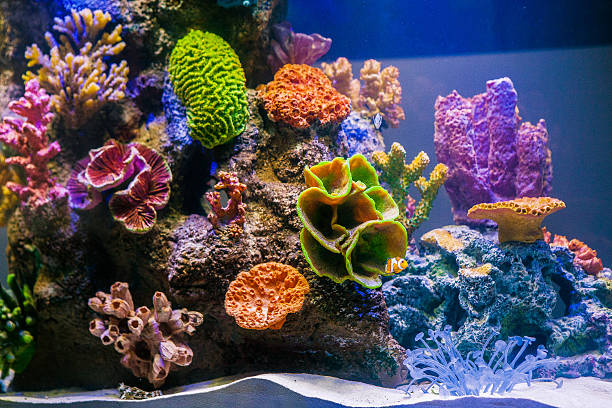
Custom made acrylic glass fish tank
Beautiful Coral reef with with lot of tropical Fish / Marsa Alam - Egypt. Scuba Diving on 15m deep.
Beautiful Coral reef with with lot of tropical Fish / Marsa Alam - Egypt. Scuba Diving on 15m deep.
underwater photography
Vector baby blue foil background template for cards, hand drawn ice colored backdrop - invitations, posters, cards.
East Atlantic fish, a Sargo or White seabream (Diplodus sargus) and some Azores chromis or Atlantic chromis (Chromis limbata) in the coastal waters off Playa Blanca, Lanzarote, Canary Islands, Spain.
Baby reef in shallow water on Red Sea / Lahami Bay. The Red Sea is a rich and diverse ecosystem. More than 1200 species of fish have been recorded in the Red Sea, and around 10% of these are found nowhere else. This also includes 42 species of deepwater fish. The rich diversity is in part due to the 2,000 km (1,240 mi) of coral reef extending along its coastline; these fringing reefs are 5000–7000 years old and are largely formed of stony acropora and porites corals. The reefs form platforms and sometimes lagoons along the coast and occasional other features such as cylinders (such as the Blue Hole (Red Sea) at Dahab). These coastal reefs are also visited by pelagic species of Red Sea fish, including some of the 44 species of shark.
Baby reef in shallow water on Red Sea / Lahami Bay. The Red Sea is a rich and diverse ecosystem. More than 1200 species of fish have been recorded in the Red Sea, and around 10% of these are found nowhere else. This also includes 42 species of deepwater fish. The rich diversity is in part due to the 2,000 km (1,240 mi) of coral reef extending along its coastline; these fringing reefs are 5000–7000 years old and are largely formed of stony acropora and porites corals. The reefs form platforms and sometimes lagoons along the coast and occasional other features such as cylinders (such as the Blue Hole (Red Sea) at Dahab). These coastal reefs are also visited by pelagic species of Red Sea fish, including some of the 44 species of shark.
castagnola hidden with red coral
Two dark funny fish on the white background. Vector color isolated illustration.
three castagnole, surrounded by sugar on a wooden cutting board, pancakes characteristic of carnival.
Abstract background watercolor
Lateral view of Weber’s Chromis Chromis weberi
Beautiful Coral reef with with lot of tropical Fish / Marsa Alam - Egypt
Gorgeous Minaret Kalta Minor witj blue-green tiles tower in Khiva c was built in 19 century and planned tobe higher but Amin Khan was killed during war
The Red Zebra African Cichlid, Metriaclima estherae, is known by a plethora of other names, often based on color. The Red Zebra, although appearing more of a yellow color, is often a brilliant red in the wild. It does not have notable stripes like other varieties of this genus and species. Metriaclima estherae is a Mbuna Cichlid, and is also called the Zebra Cichlid, Tilapia Zebra, and the False Zebra Mbuna.



